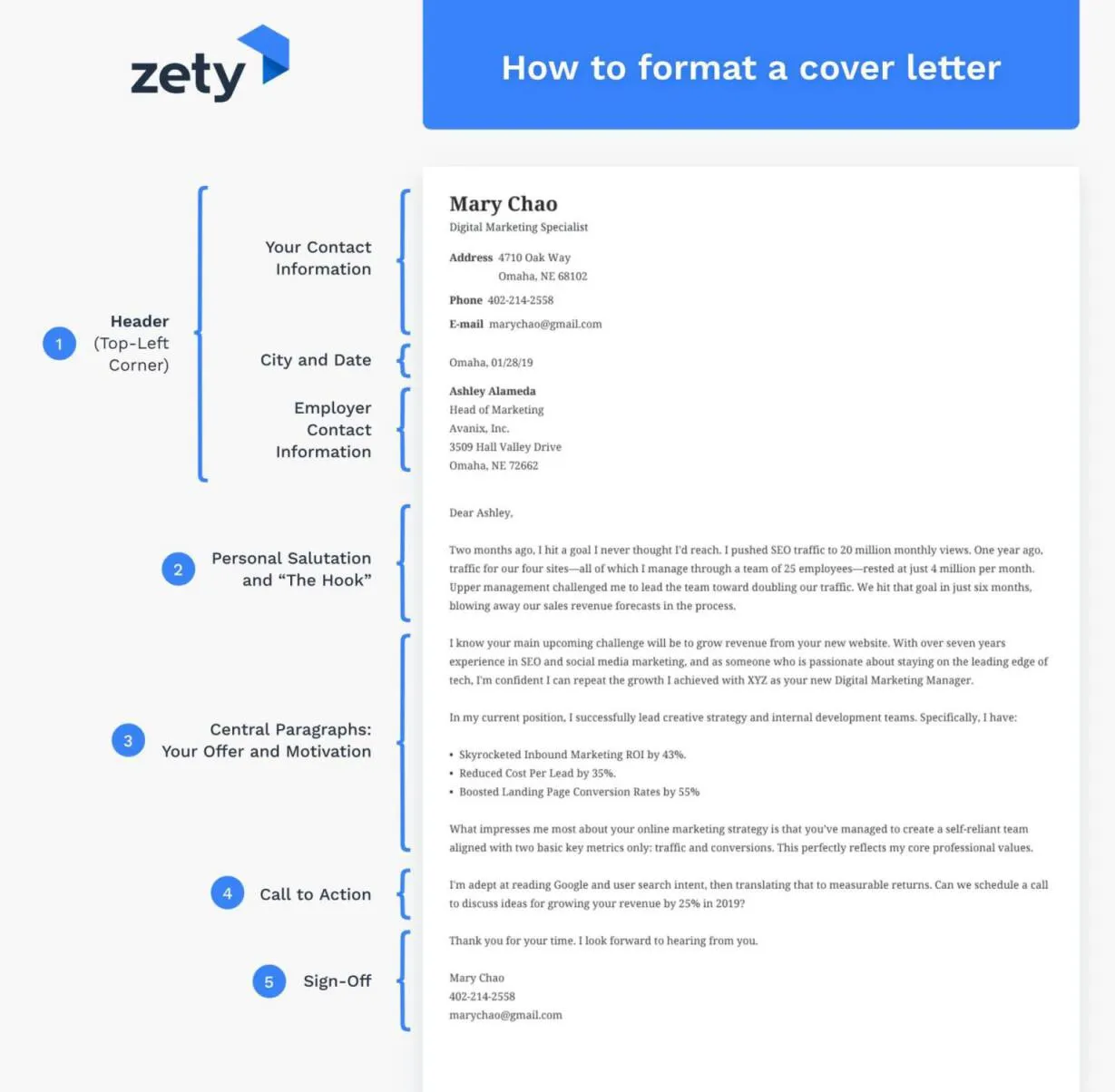Understanding the Importance of a Proper Cover Letter
In the competitive landscape of job applications, a proper cover letter is more than just a formality; it’s your first opportunity to make a compelling impression. A well-crafted cover letter introduces you to the hiring manager, highlights your key qualifications, and demonstrates your genuine interest in the position and the company. It is a critical tool that can significantly increase your chances of landing an interview. Neglecting this important document means you are missing out on the opportunity to provide context for your resume and showcase your personality and writing skills. The cover letter allows you to go beyond the bullet points of your resume and tell a story that connects your experience and skills to the specific requirements of the job.
What is a Cover Letter?
A cover letter is a one-page document that accompanies your resume when applying for a job. It serves as an introduction, providing a snapshot of your skills, experience, and why you’re a good fit for the role. Think of it as your personal sales pitch. It should be tailored to the specific job and company, demonstrating that you’ve done your research and understand their needs. Your cover letter provides an opportunity to showcase your writing ability, communication skills, and your enthusiasm for the position. It should complement your resume by providing context and filling in the gaps, providing a more complete picture of who you are as a candidate.
Why is a Cover Letter Important?
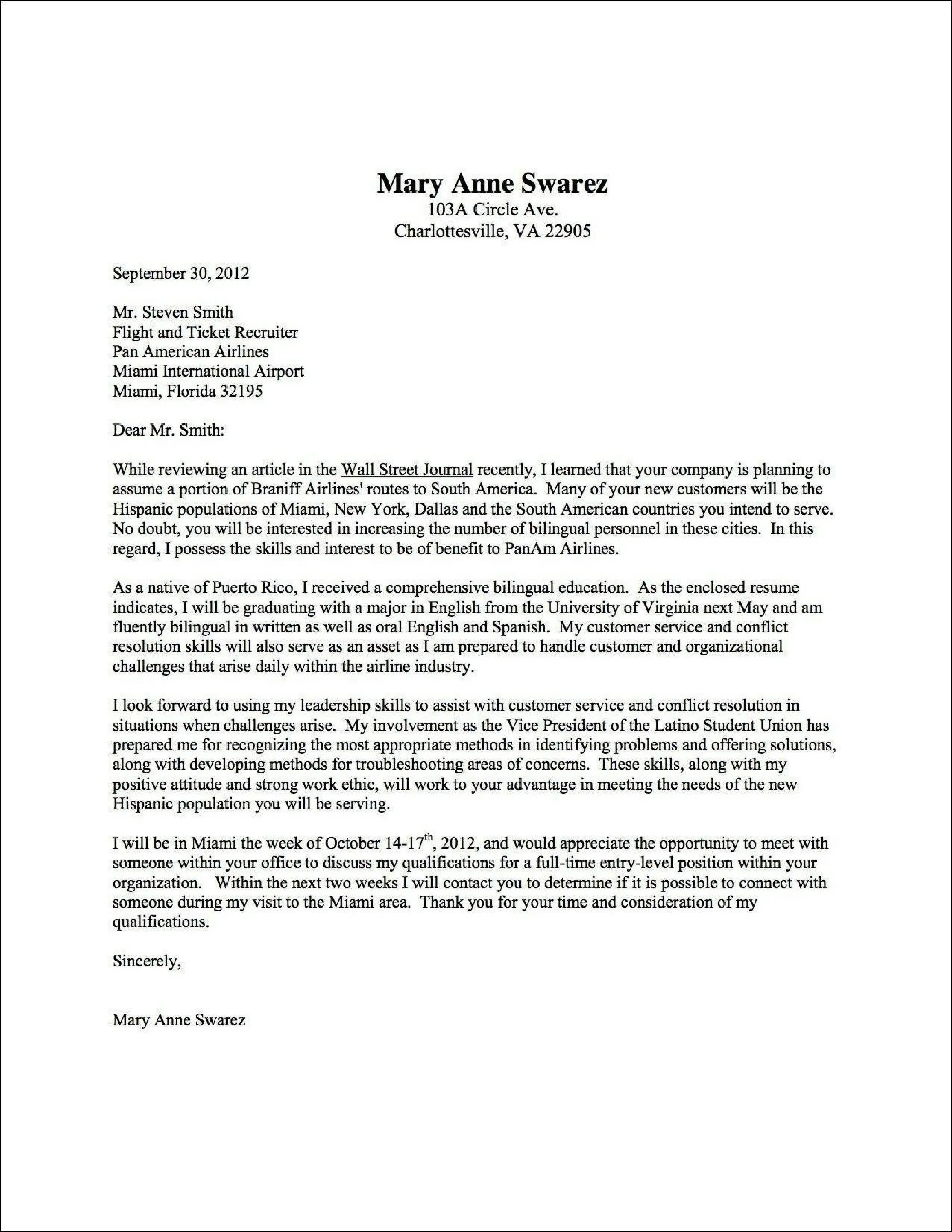
A cover letter serves several key purposes. First, it allows you to showcase your personality and writing skills. Unlike a resume, which is often a list of facts, your cover letter gives you the opportunity to tell a story and connect with the reader on a more personal level. Second, it allows you to highlight the skills and experiences most relevant to the job, making it easier for the hiring manager to see why you’re a good fit. Third, it gives you the chance to demonstrate your knowledge of the company and the position, showing that you’ve done your homework and are genuinely interested. Finally, a well-written cover letter can set you apart from other applicants, especially if your resume might not fully capture your qualifications or experience.
Key Components of a Proper Cover Letter
A well-structured cover letter follows a clear format, ensuring that all the essential information is presented in a logical and easy-to-read manner. Each section plays a crucial role in conveying your message effectively. It is important that you follow the proper structure so that you deliver the message to the hiring manager with the best chance of success.
Contact Information & Date
At the top of your cover letter, include your contact information: your name, phone number, email address, and optionally, your LinkedIn profile URL. Make sure the email address is professional. Following your contact information, include the date. This demonstrates professionalism and provides the hiring manager with essential information to reach you.
Addressing the Hiring Manager
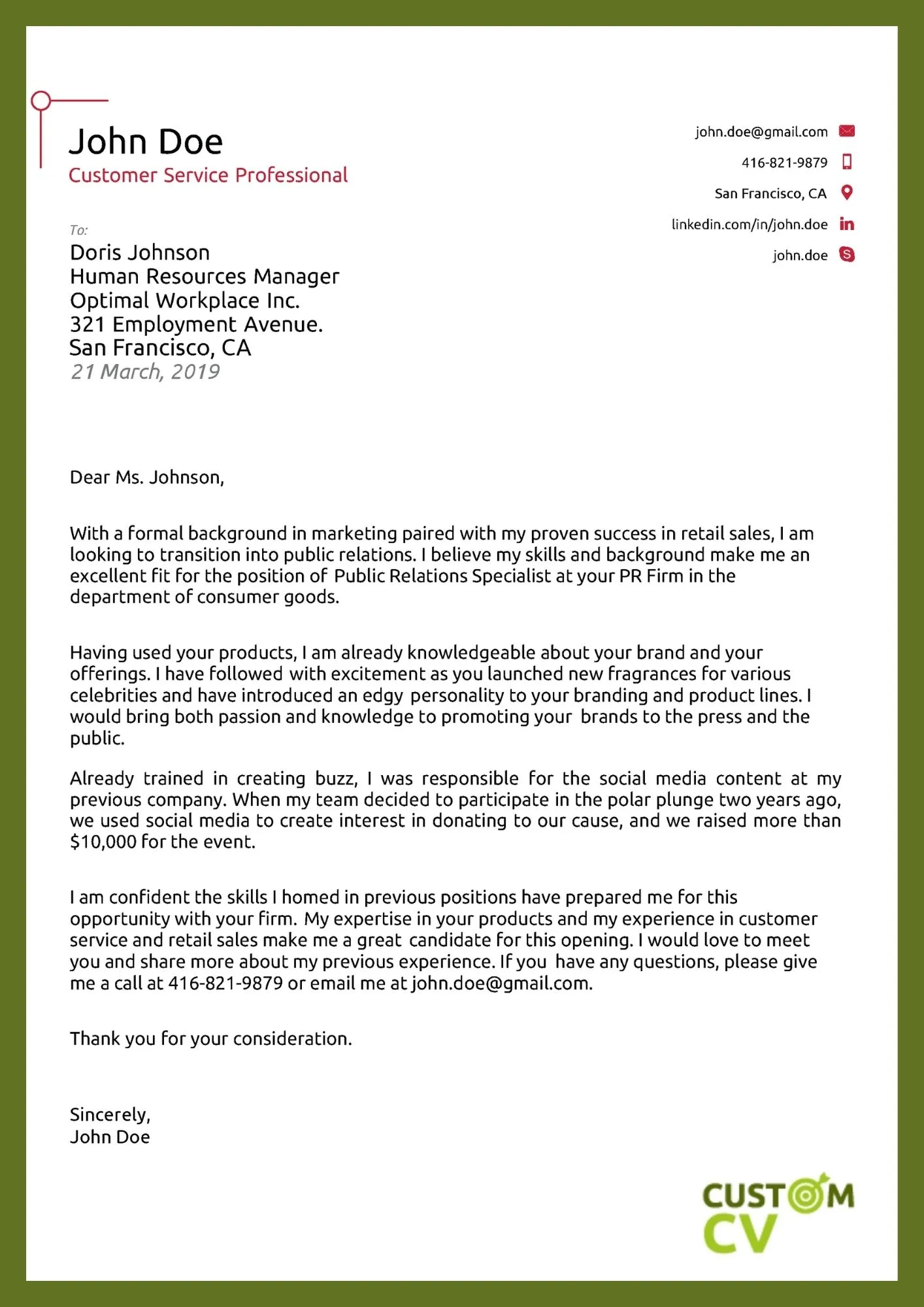
Always address your cover letter to a specific person if possible. Research the hiring manager’s name and title. If you can’t find a specific name, use a professional greeting like ‘Dear Hiring Manager’ or ‘Dear [Department Name] Team.’ Avoid generic greetings like ‘To Whom It May Concern,’ which can make your letter feel impersonal. Personalizing the greeting demonstrates that you’ve taken the time to research the company and are serious about the opportunity.
Opening Paragraph
Your opening paragraph should immediately grab the reader’s attention. State the position you are applying for and where you saw the job posting. Briefly mention why you’re interested in the role and the company. This is your chance to make a strong first impression and demonstrate your enthusiasm. Keep it concise and compelling, making the reader want to learn more about you.
Body Paragraphs Highlighting Skills
The body of your cover letter should showcase your relevant skills and experiences. Focus on the skills and experiences most relevant to the job description. Provide specific examples that demonstrate how you’ve used these skills in the past. Use action verbs to describe your accomplishments and quantify your achievements whenever possible. This section is where you convince the employer that you have what it takes to be successful in the role.
Tailoring Your Cover Letter to the Job Description
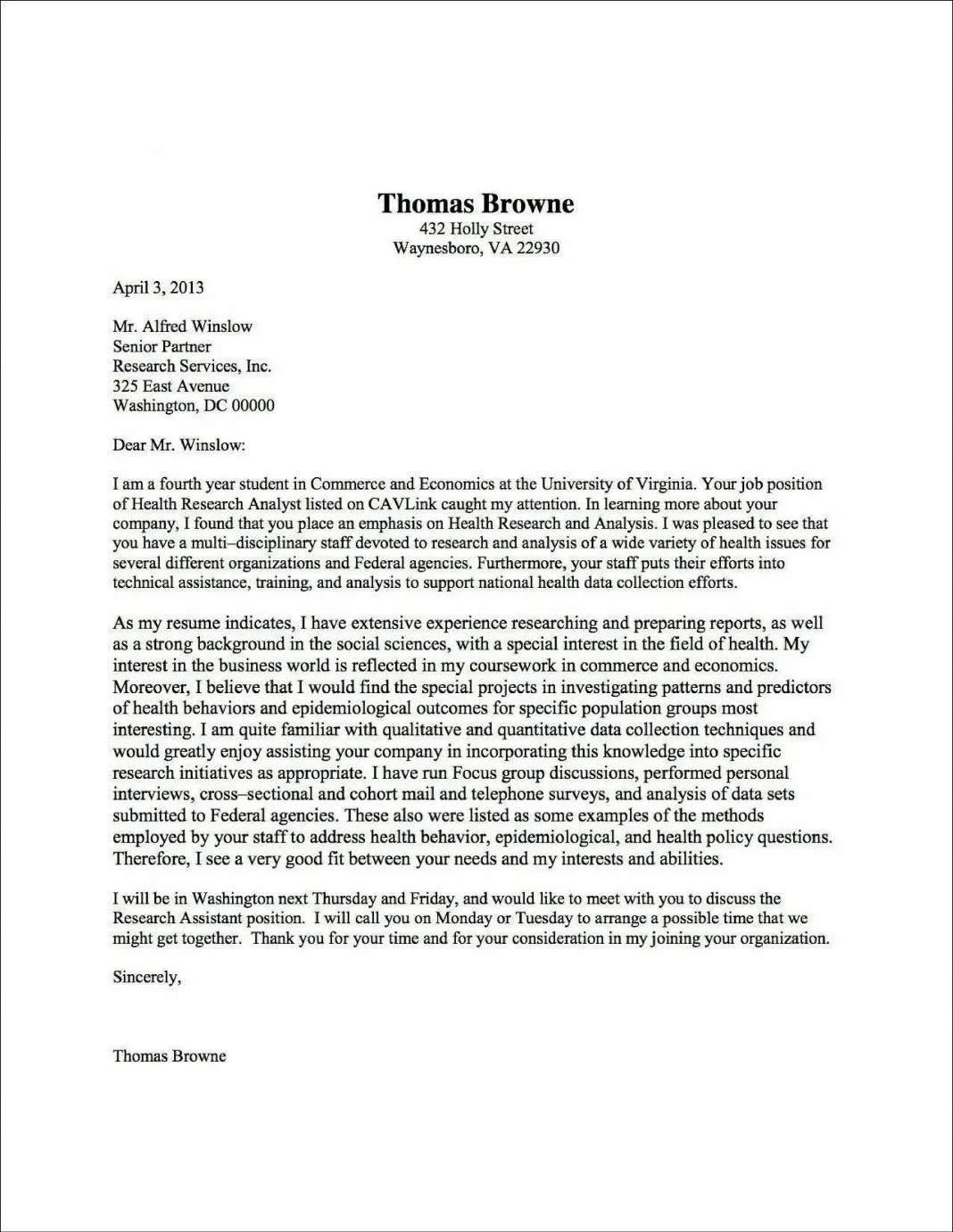
Carefully review the job description and identify the key requirements and qualifications. Tailor your cover letter to address these specific needs. Highlight the skills and experiences that align with the job description, and provide specific examples that demonstrate your ability to meet those requirements. Show the employer that you understand what the role requires and how your background makes you a strong candidate.
Quantifying Achievements
Whenever possible, quantify your achievements with data and metrics. For example, instead of saying ‘Improved customer satisfaction,’ say ‘Increased customer satisfaction by 15% within six months.’ Quantifying your achievements provides concrete evidence of your skills and abilities, making your cover letter more persuasive. This shows the hiring manager the impact you can make.
Closing Paragraph & Call to Action
In your closing paragraph, reiterate your interest in the position and thank the hiring manager for their time and consideration. Include a call to action, such as expressing your eagerness to discuss your qualifications further and inviting them to contact you. Ensure that you state how you can be reached in the paragraph.
Formatting Your Cover Letter
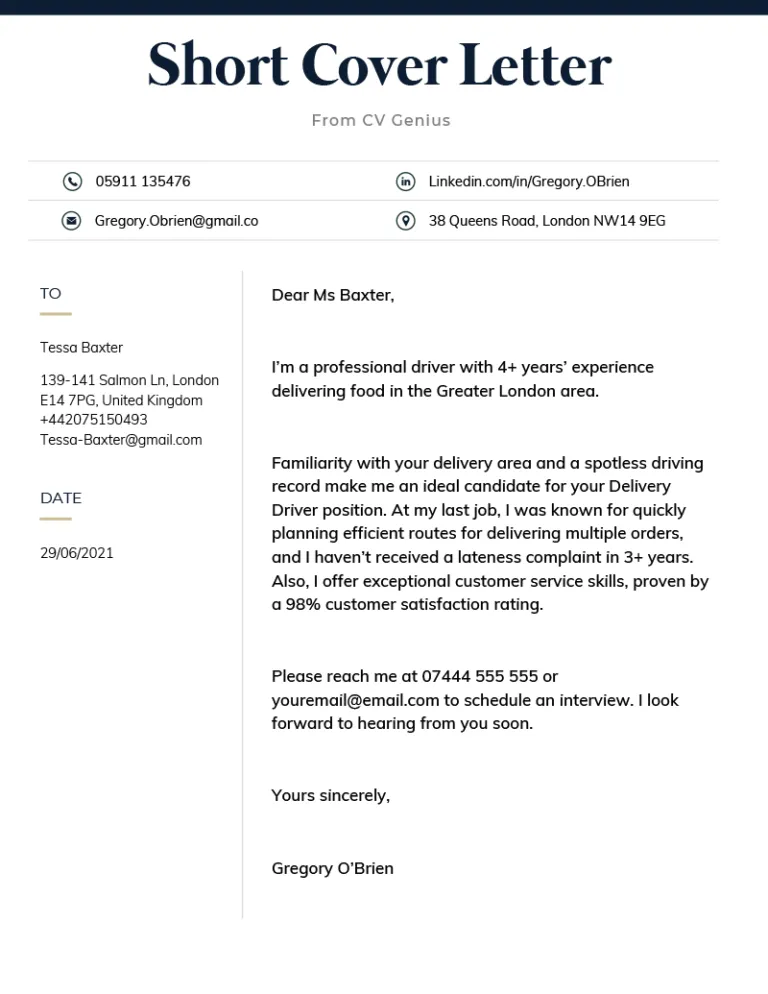
The format of your cover letter is just as important as its content. A well-formatted letter is easy to read and demonstrates professionalism. Make sure you follow the proper format to present yourself as professional.
Font Choice and Size
Choose a professional and readable font, such as Times New Roman, Arial, or Calibri. Use a font size between 10 and 12 points. Avoid using overly fancy or unusual fonts, as they can be difficult to read. Your focus should be on communicating the message in an effective way to the hiring manager. Using a standard font and size makes your cover letter look clean and professional.
Margins and Spacing
Use standard margins (1 inch on all sides) and single or 1.15 line spacing. This ensures that your letter is easy to read and visually appealing. Proper spacing prevents the document from looking cluttered and allows the reader to focus on the content. A well-formatted document shows attention to detail and professionalism.
Proofreading and Editing
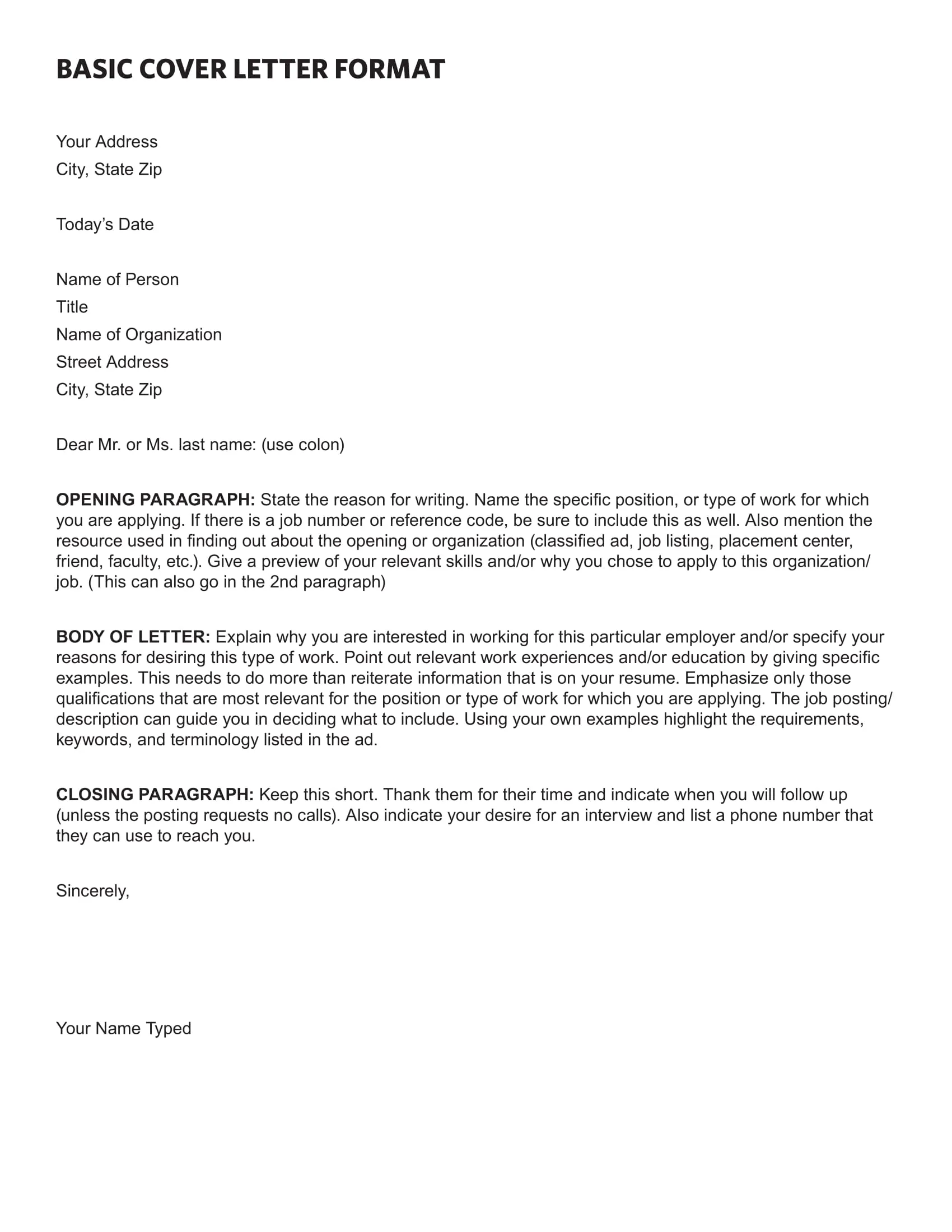
Always proofread your cover letter carefully for any typos, grammatical errors, or formatting inconsistencies. Read it aloud to catch any awkward phrasing or sentences that don’t make sense. It’s also a good idea to have someone else review your cover letter. Proofreading is crucial for conveying a professional image. Errors can create a bad impression and make you look unprofessional.
Proper Cover Letter Examples
Reviewing examples of proper cover letters is an excellent way to get ideas and learn from best practices. Here are some examples to guide you.
Cover Letter Example 1
Use this example as a template to build your own. Adapt it based on the industry, the role you are applying for, and the requirements of the job description. This example showcases the proper format of a cover letter.
Cover Letter Example 2
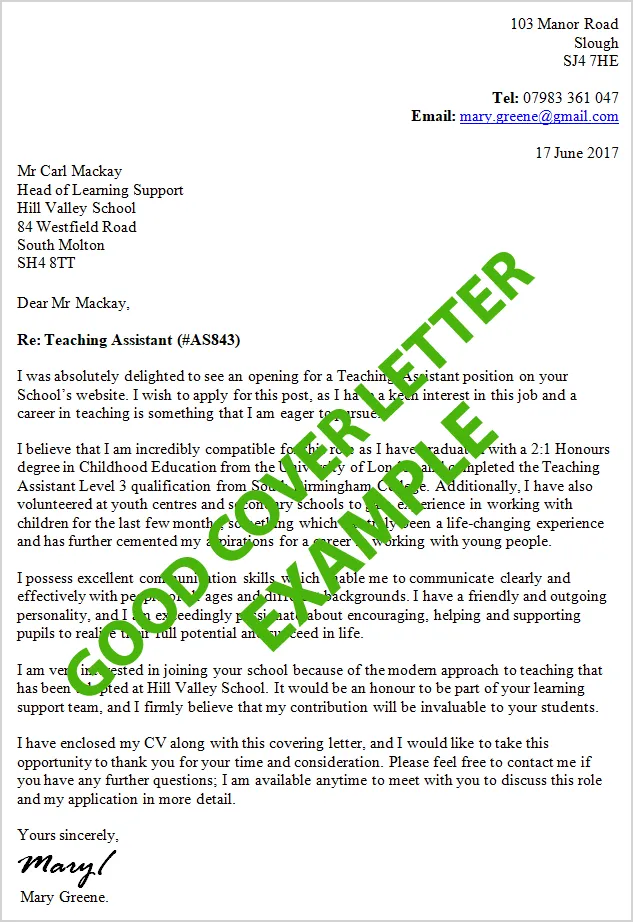
This example goes more into depth, it highlights how to address the hiring manager and make your achievements clear. It focuses on how to show your capabilities to the employer.
Cover Letter Example 3
This final example is a good way to learn how to create a cover letter that is not just functional but also memorable. It demonstrates ways to add your own personal touch.
Common Mistakes to Avoid in Cover Letters
Even with the best intentions, it’s easy to make mistakes in your cover letter that can hurt your chances of landing an interview. Here are some common pitfalls to avoid.
Typos and Grammatical Errors
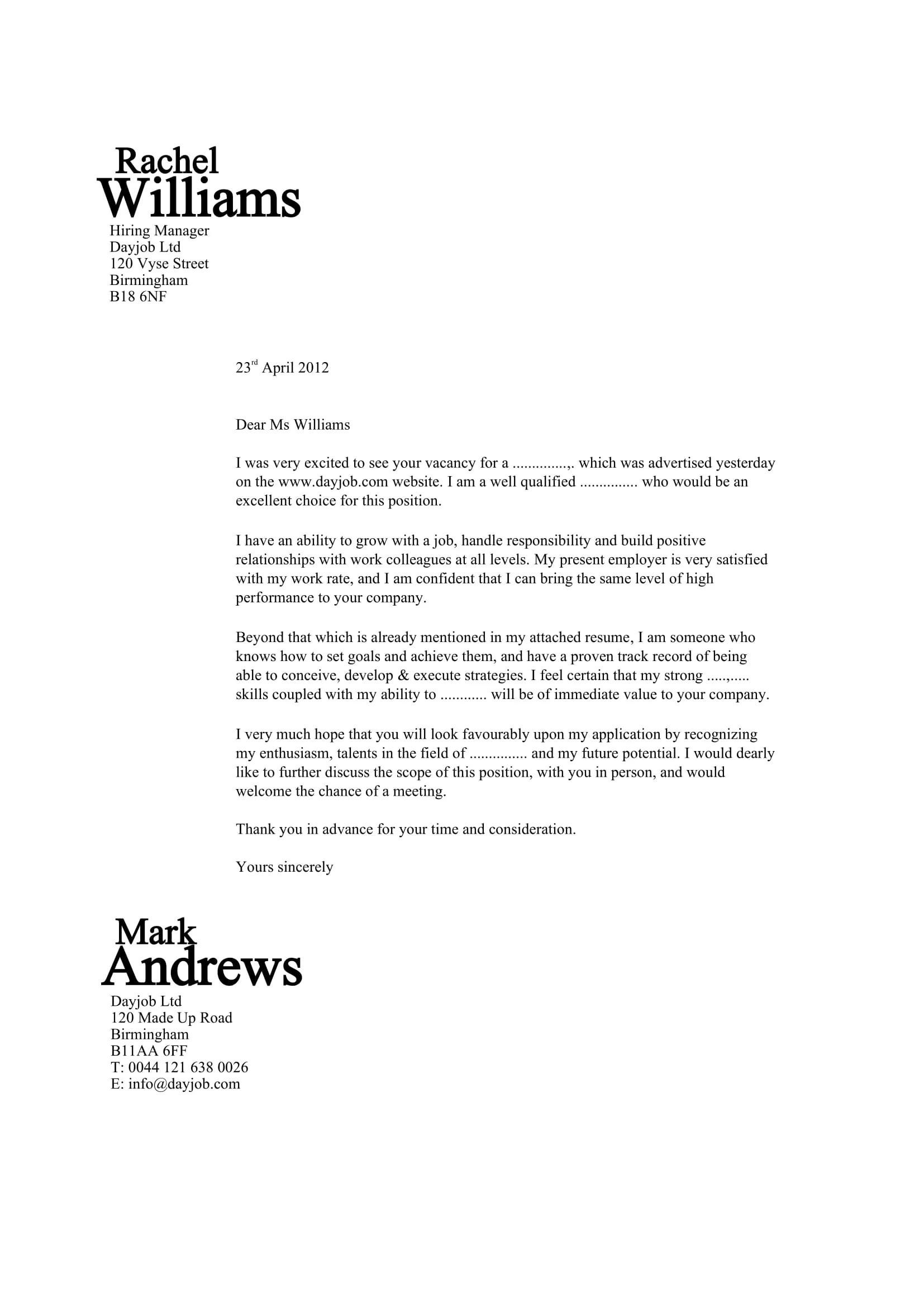
Typos and grammatical errors are one of the most common mistakes. These errors reflect poorly on your attention to detail and professionalism. Always proofread your cover letter carefully before submitting it. Having a friend or colleague review it can also help you catch any errors you might have missed. Proofreading is critical to show that you are a competent candidate. (See cover-letter-mistakes.webp)
Generic and Vague Language
Avoid using generic and vague language that doesn’t provide specific examples of your skills and experiences. Your cover letter should be tailored to each job application. Make sure you are using active and action-oriented words that accurately reflect your capabilities. Use specific examples to illustrate your achievements. Doing this will allow you to stand out.
Focusing Too Much on Yourself
While you should highlight your skills and experiences, avoid focusing solely on what you want from the job. Instead, focus on how you can contribute to the company’s success. Show that you understand the company’s needs and can provide value. Relate your skills and experiences to the employer’s needs rather than solely focusing on your own needs.
Sending the Wrong Cover Letter
Always tailor your cover letter to each job application. Sending the wrong cover letter, such as one for a different role or company, is a surefire way to be rejected. Review the job description carefully and adjust your cover letter to meet the requirements of the position.
Conclusion
Crafting a proper cover letter is a crucial step in the job application process. By understanding its importance, following the key components, and avoiding common mistakes, you can significantly increase your chances of landing an interview. Remember to tailor your cover letter to each job, proofread carefully, and showcase your skills and experiences in a compelling way. A well-written cover letter is your ticket to making a positive first impression and securing your dream job. Take the time and put in the effort to create a cover letter that accurately reflects your skills and qualifications. It is the most important aspect of your application, so focus on making sure that the letter is tailored to the employer.
